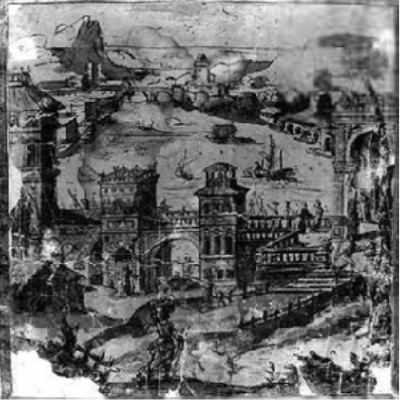Biblioteca Ambrosiana
One of the great joys, and frustrations, of being a European historian is that many of the archives are in Europe. This makes travel to Europe mandatory; archives are protective of their holdings.
This online inventory and catalog is an example of how archivists can provide wider access to researchers and others while retaining responsible control of a collection. This bilingual site, available in English or, with a single click, in Italian, catalogs some 12,000 drawings by European artists of the 14th through the 19th centuries. It also provides images for some 7,700 drawings to date.
The site is visually attractive and well designed, with straightforward navigation. It provides an introduction to the site and a history of the collection; a database search that scans the collection by artist, subject, and other parameters; and bibliographies for the drawings, for the history of the Ambrosiana, and for various exhibitions.
Each image includes a full bibliographic record, including the ND (Notre Dame) catalog number and the BA (Biblioteca Ambrosiana) reference, provenance, a bibliography for each image, and a record of the last update. The stern warning against reproducing the image without permission provides a link for requesting permission.
The site is designed for serious researchers. In addition to the reminder that the collection is not to be used in any way without prior permission, the site—like most physical archives I have visited—presumes a certain level of prior knowledge. How, then, might a novice utilize the site?
One method might be to assign students a specific artist represented in the collection, and allow them to view not only the range of images, but also the methods used by the archive to establish that a work may be attributed to an artist.
Since the database search function will locate all drawings from a specific time period, one could use the site to see how Italian artists of the early 1400s viewed the world. The site can also be used to investigate the ways in which a particular topic or event has been portrayed by various artists. A search by subject—I tried “agriculture”—found a design for a wine bottle label from the 1500s and, from a century later, an image of Christ blessing field workers. There are good descriptions of images not yet available online.
When the image is online, it is small, but very clear, and when the artist is Raphael or Da Vinci, does size matter? Please don’t miss Raphael’s sketch of a seated Virgin extraordinarily graceful and beautiful, with an energy that sketches “after Raphael” lack. The search function finds 111 images under Da Vinci’s name, enough to content any Renaissance historian or student. The search function includes a pop-up menu of artists, for those who are not already familiar with the collection, and of keywords.
The Biblioteca Ambrosiana and Notre Dame University are to be commended for this online archive, an excellent model for young scholars who are more familiar with the internet’s nonscholarly uses.
